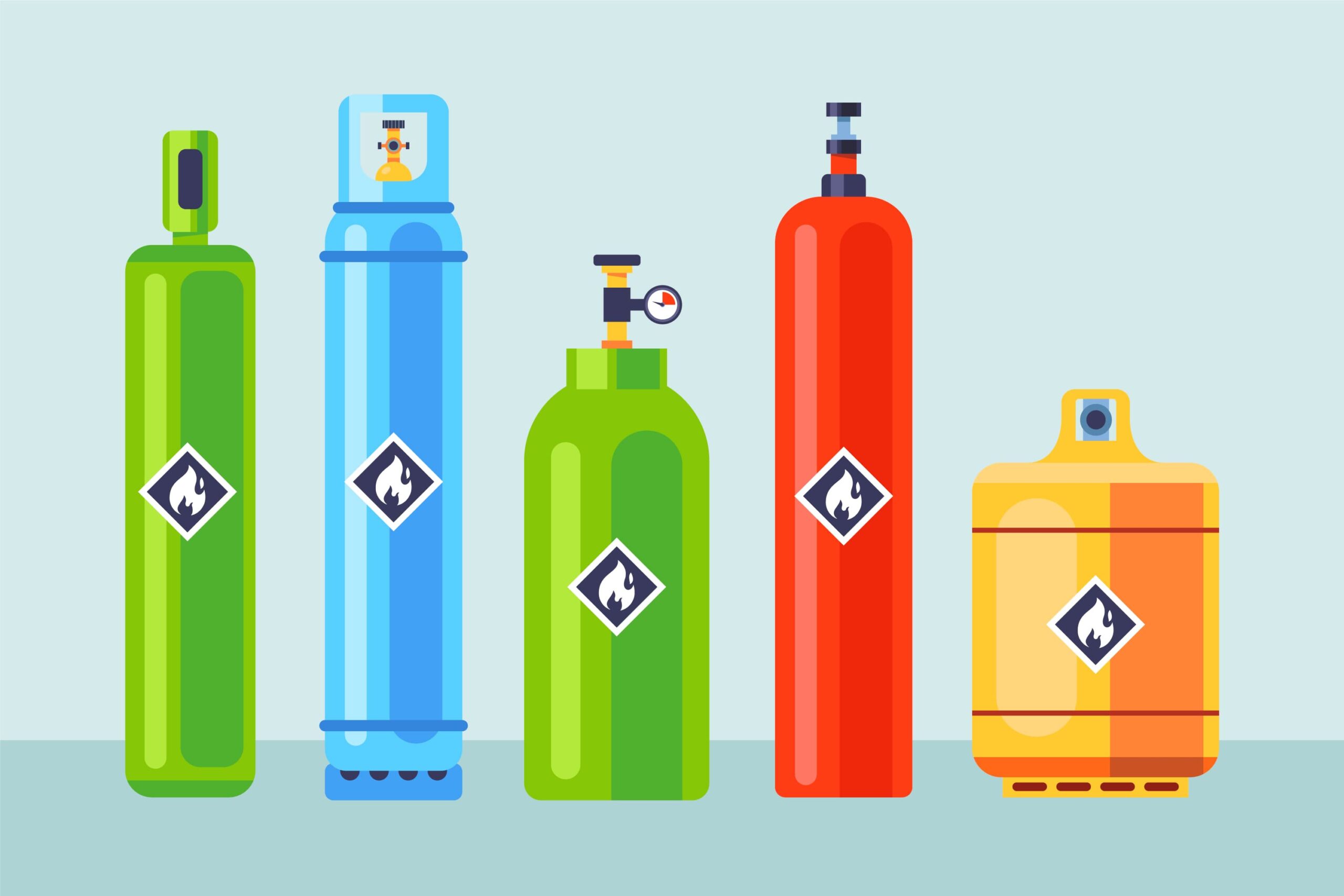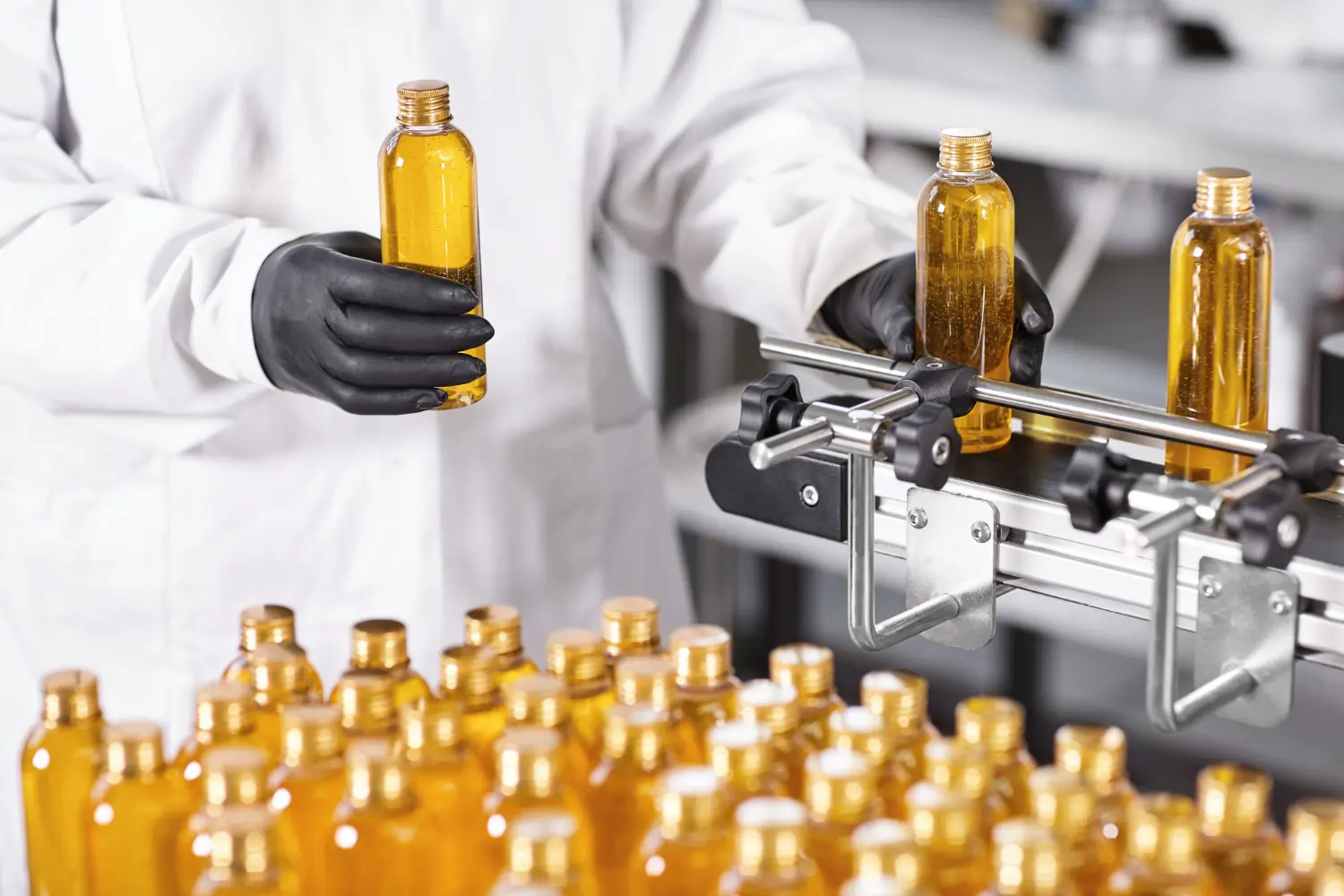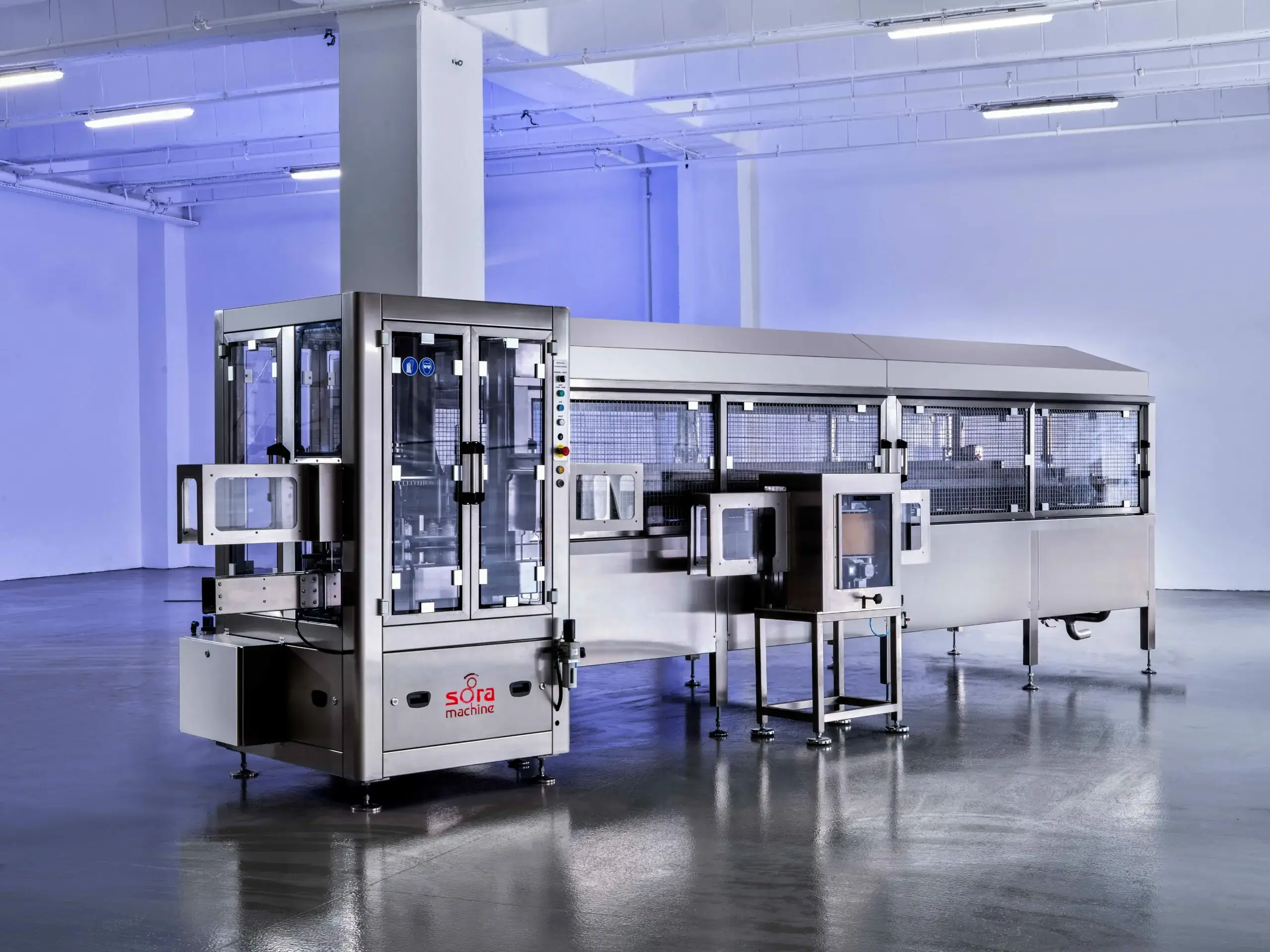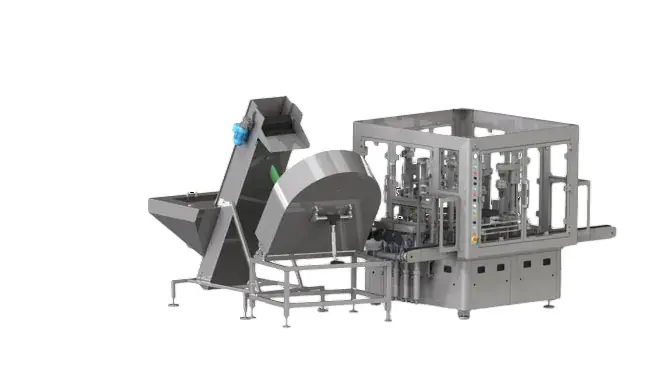In today’s competitive manufacturing world, efficiency is everything—especially when it comes to liquid filling lines. Like cleaning agents, the demand for accurate, fast, and cost-effective filling processes keeps growing. That’s exactly where industrial automation steps in. By integrating smart technologies and tailored automation solutions, companies are now transforming their filling line efficiency like never before. Let’s explore how automation is reshaping the way liquid filling processes are designed and managed—from energy savings to quality control and predictive maintenance.
What is a Liquid Filling Line and What Components Does it Consist Of?
A liquid filling line is a system designed to fill containers with liquid products in a consistent, accurate, and high-speed manner. It’s used across many industries, including pharmaceuticals, chemicals, and cosmetics. But a liquid filling line is not just one machine—it’s a combination of multiple components working together in harmony.
Typically, a filling line includes bottle unscramblers or feeders, filling machines, capping machines, labeling units, and packaging equipment. These machines are often supported by sensors, control panels, and software that regulate operations. When automation is added into the mix, each component communicates and collaborates to ensure smooth production.
How are Automation Systems Integrated into Liquid Filling Lines?
Integrating automation solutions into liquid filling lines isn’t just about replacing manual tasks. It’s about building a smarter, more synchronized process. Modern filling machine automation involves installing programmable logic controllers (PLCs), human-machine interfaces (HMIs), and industrial robots that can handle repetitive actions more quickly and accurately than human hands ever could.
Automation systems are integrated at every stage of the filling line—from monitoring tank levels and managing flow rates to adjusting conveyor speed and controlling cap tightness. All of this is coordinated by software that enables real-time decision-making and process adjustments. The result? A seamless, optimized operation that minimizes downtime and maximizes throughput.
How Does Automation Increase Efficiency in Liquid Filling Lines?
Filling line efficiency is all about doing more with less. Automation plays a huge role in achieving this. First, automated filling lines reduce human error. That means fewer mistakes, less product waste, and more consistent output. Secondly, they operate faster. A task that might take a human 10 seconds can be done by these machines in 2. Multiply that over thousands of units per day, and the efficiency gains are clear.
Moreover, filling machine automation enables predictive maintenance, where potential problems are spotted and fixed before they cause a breakdown. This keeps production running smoothly and prevents costly interruptions. Also, automation helps optimize workflow, ensuring each part of the filling line works at the right speed to avoid bottlenecks. At the end of the day, automation means higher productivity, better use of resources, and happier customers.
Why is Filling Accuracy Important and How is it Improved with Automation?
Filling accuracy isn’t just a technical detail—it’s a business necessity. Whether it’s medicine, a cleaning product, overfilling wastes product and underfilling can lead to compliance issues or customer dissatisfaction. Accuracy also affects packaging efficiency and brand reputation.
Thanks to automation, accuracy in liquid filling processes has improved significantly. Advanced flow meters, servo fillers, and vision inspection systems ensure that each container receives exactly the right amount of liquid. If something goes off-spec, the system flags it instantly or even rejects the faulty product before it moves further down the line. Automation systems adjust themselves in real time based on data feedback, ensuring precision without manual intervention.
How Do Automated Conveyor Systems Contribute to the Production Process?
Conveyors are the unsung heroes of any liquid filling line. They keep everything moving, literally. But it’s not just about motion—it’s about timing, synchronization, and flow. Automated conveyor systems use sensors and variable speed drives to match the pace of each station in the production process.
Automated conveyors also make it easier to switch between different bottle sizes or product types with minimal manual adjustments, reducing changeover times and keeping productivity high.
How Do Modular Line Designs Affect Efficiency?
Flexibility is a big deal in manufacturing. Markets change. Product lines evolve. Modular line designs are built with interchangeable components. For example, if a new type of cap is introduced, a new cap mold can be slotted in quickly. This modularity supports scalability and reduces downtime during transitions, keeping the filling line efficient and responsive to business needs.
Which Automation Solutions are Used for Quality Control and Traceability?
Maintaining high product quality and traceability is critical, especially in industries like pharmaceuticals and food and beverage. Automation provides powerful tools to achieve both. For quality control, check fill levels, ensure caps are sealed correctly etc. These systems work at high speeds and catch issues that human eyes might miss.
How is Energy Consumption and Waste Reduction Optimized with Automation?
Energy efficiency and sustainability aren’t just buzzwords anymore—they’re business priorities. Luckily, automation plays a big role in both. One of the key methods for achieving energy savings in liquid filling processes is by using intelligent motor controls and energy-efficient drives that adjust power usage based on real-time needs.
How Do Automation Systems Detect and Prevent Failures in Advance?
Modern automation solutions come with built-in predictive maintenance capabilities. These systems monitor equipment health through sensors that track vibration, temperature, pressure, and more.
If something starts acting up, the system can send an alert to maintenance staff before the issue becomes critical.














